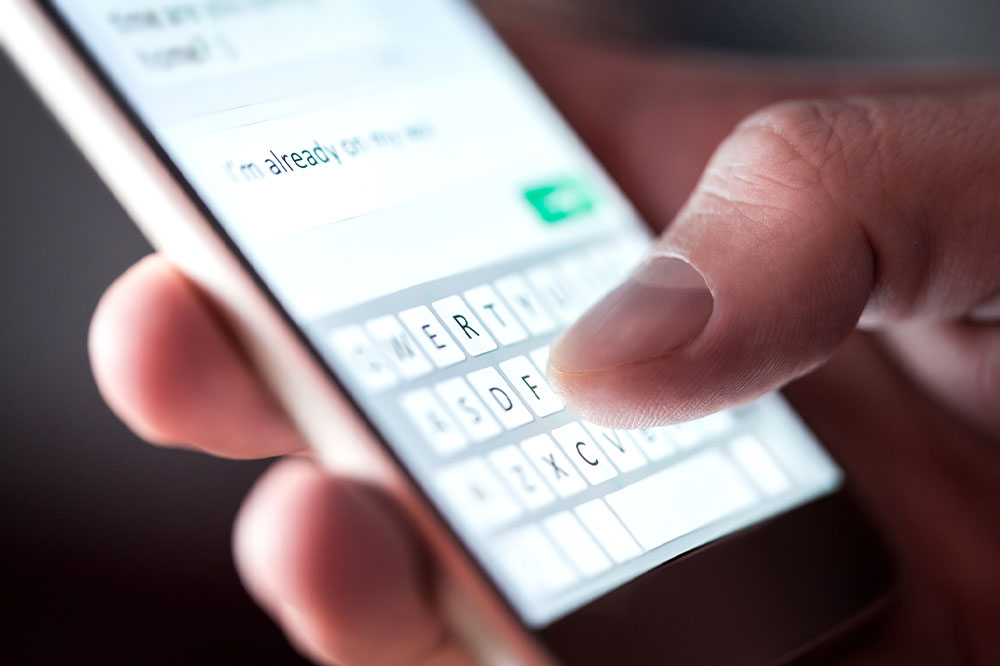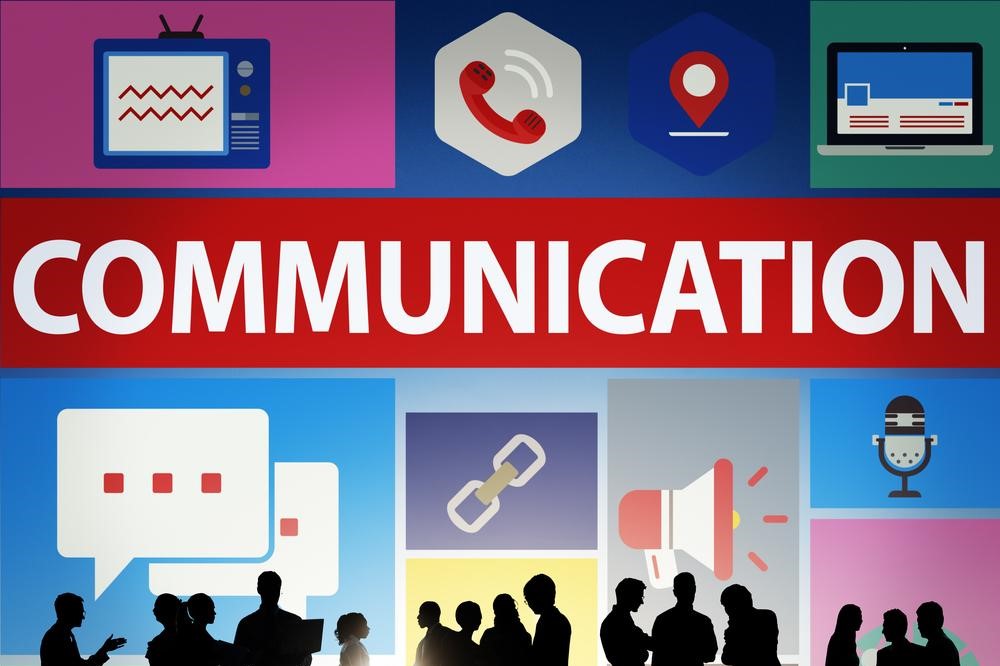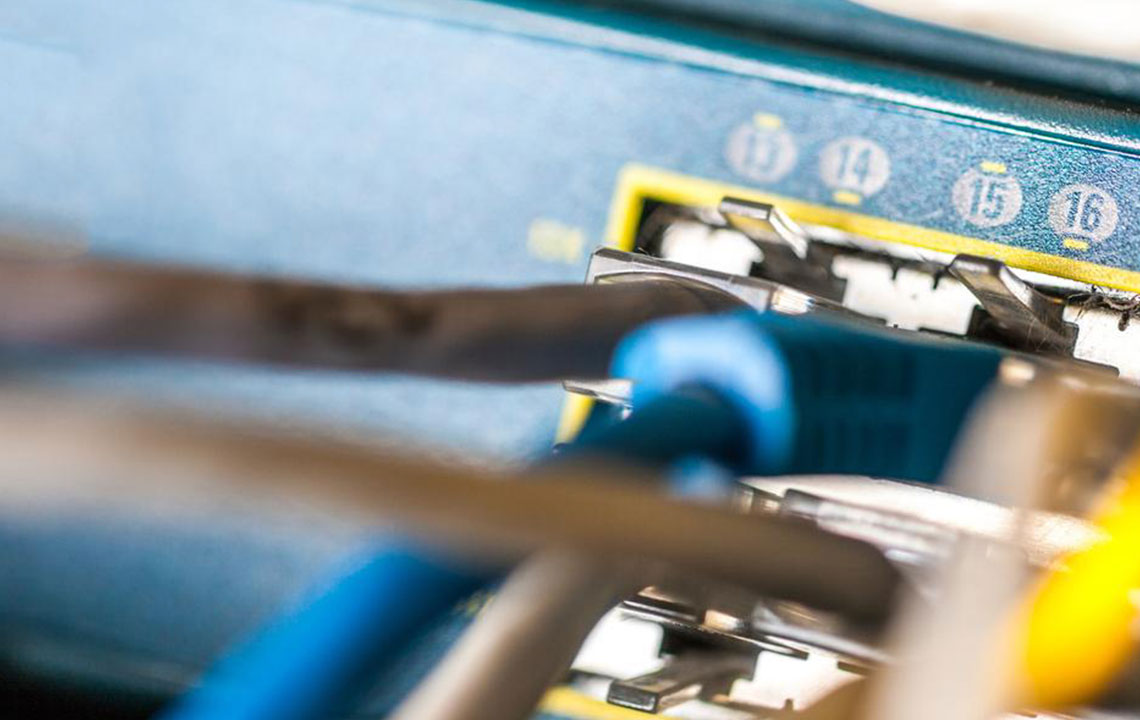Comparing Text Messaging and Instant Chat Applications
Discover the key differences between traditional text messaging and instant messaging apps. Learn about their features, uses, advantages, and suitable scenarios to improve your digital communication skills. Whether for personal or professional purposes, understanding these modes helps you select the best tool for your needs.

Understanding the Difference Between Text Messaging and Instant Chat
Are you wondering whether to use traditional text messages or instant messaging apps? Although often used interchangeably, they serve different purposes. The main distinction is that text messaging relies on cellular networks, sending SMS codes through your phone carrier, whereas instant messaging uses internet-based applications to communicate in real-time. There are several other notable differences worth exploring. Let's delve deeper into these two popular forms of digital communication.
What is Text Messaging?
Text messaging allows users to send short messages via cellular services. Both sender and recipient need a network connection to exchange SMS. Nearly two-thirds of the global population can receive such messages, making it widely accessible. Major carriers like AT&T, Verizon, and T-Mobile are developing new messaging services to enhance communication beyond standard SMS. Key features include: sending texts to any mobile number, no internet needed, no specialized app required, slower transmission based on signal strength, and international texting depending on the carrier.
What is Instant Messaging?
Instant messaging involves exchanging messages in real-time using internet-based apps such as WhatsApp or Messenger. This method is typically free and requires an active internet connection. It allows sending multimedia files, including images and videos. However, communication is limited to users within the same app, and the session remains active until participants leave. Devices connected to the internet, like tablets or laptops, are capable of using IM, making it ideal for global communication without additional charges.
Key Differences Between Texting and Instant Messaging
Notable differences include character limits—texts usually cap at 160 characters, while many IM platforms have none. You can send texts to any number, even if not registered, unlike IM which typically requires a contact to be a user of the same app. Text sessions are singular, whereas IM chats stay open until participants leave. Almost all phones support SMS, but IM requires internet-enabled devices. Internationally, SMS may incur extra charges, whereas IM works worldwide as long as there's internet access. Various IM platforms like WhatsApp, Facebook Messenger, WeChat, and others serve different needs, from casual chatting to business communication.
Popular Instant Messaging Platforms
Applications such as WhatsApp, Viber, Discord, WeChat, and Slack are widely used today. These apps often combine features like video calls, file sharing, and group chats. Social media platforms, including Facebook, incorporate messaging through dedicated apps like Messenger. Gaming and streaming platforms like Twitch also integrate chat functions for real-time interaction. Many platforms also cater to business communication, offering specialized tools for team collaboration and project management.
Both texting and instant messaging have unique strengths and limitations. Choosing the right method depends on your specific communication needs, whether broad reach or real-time interaction is your priority.










